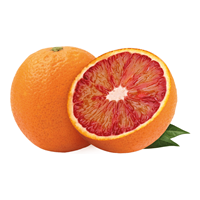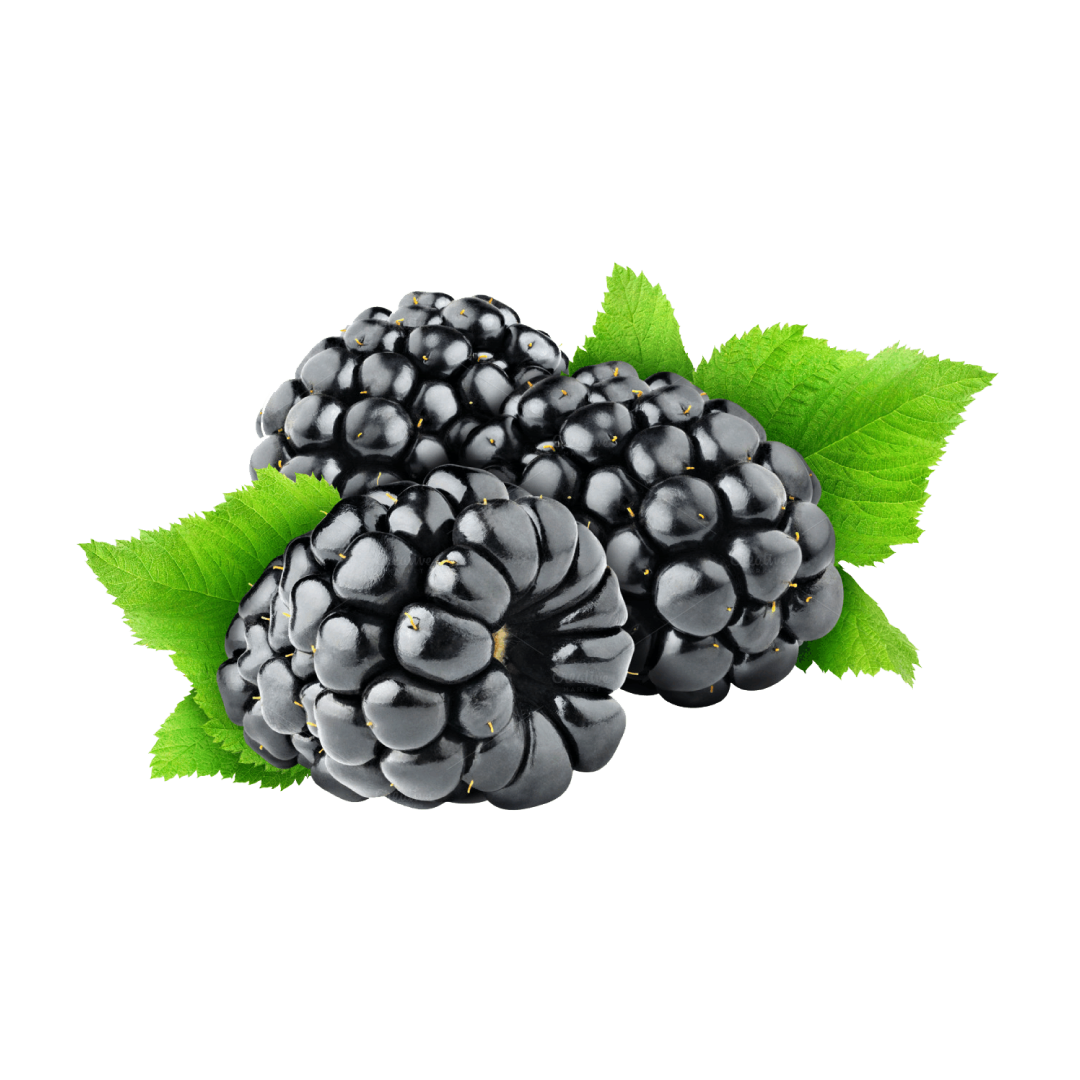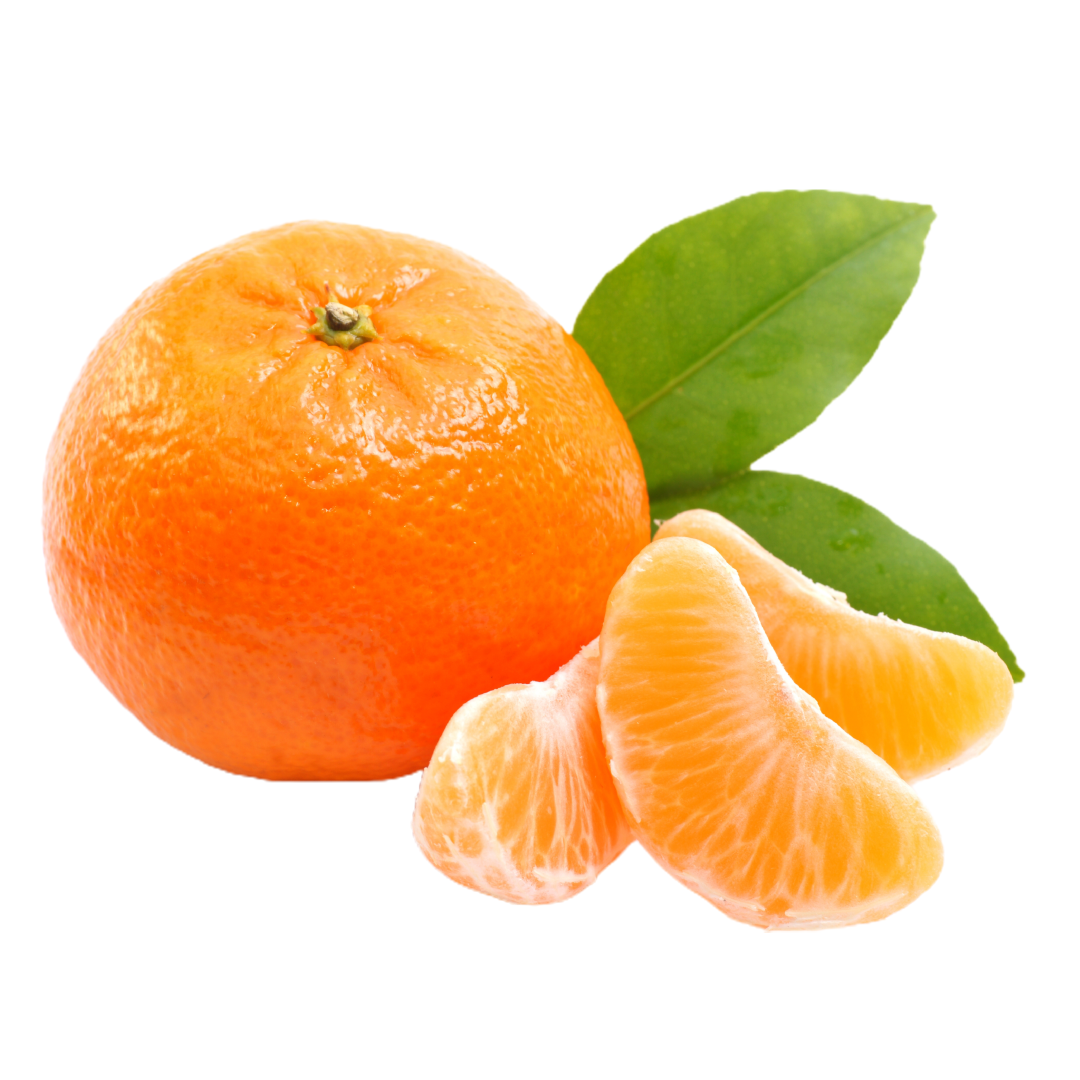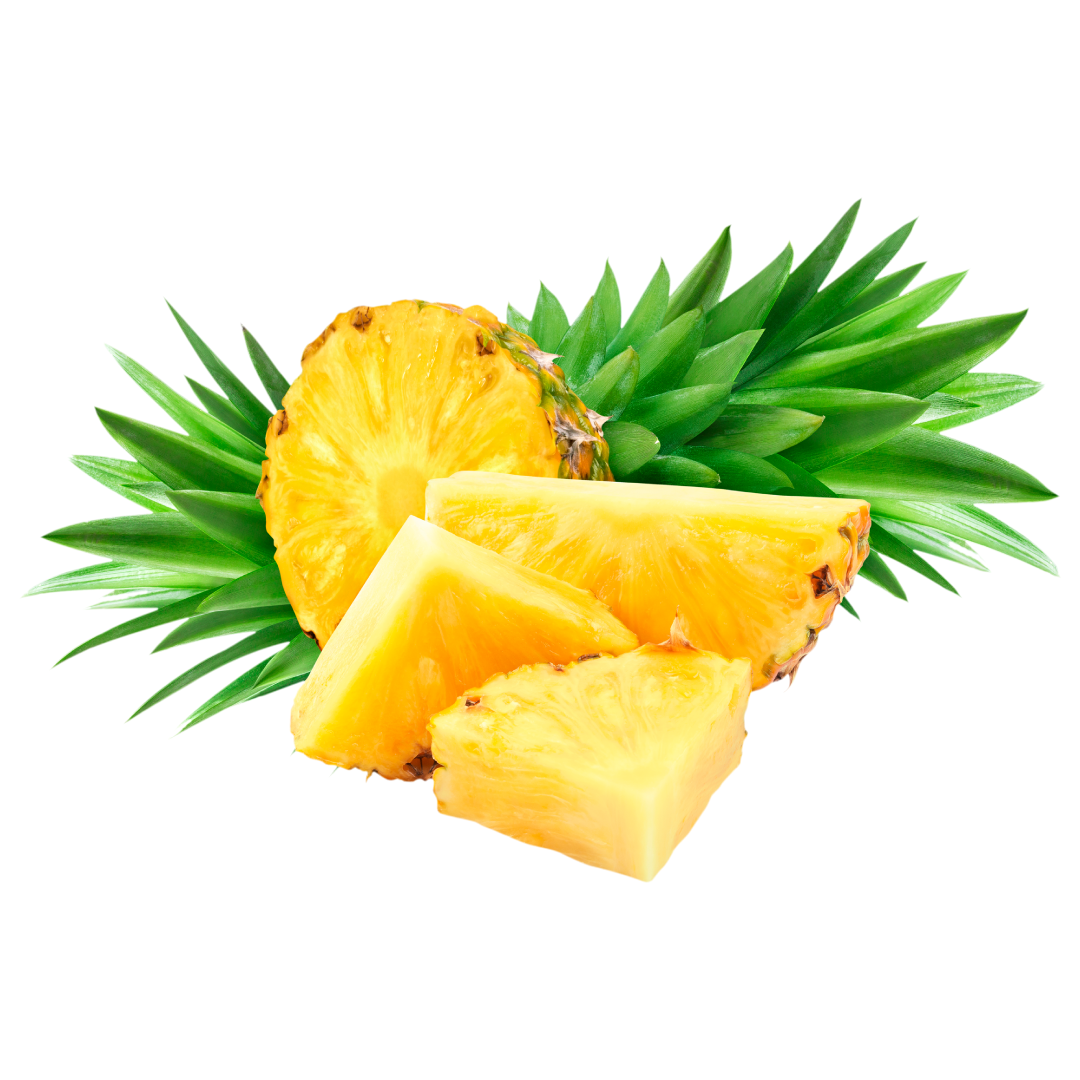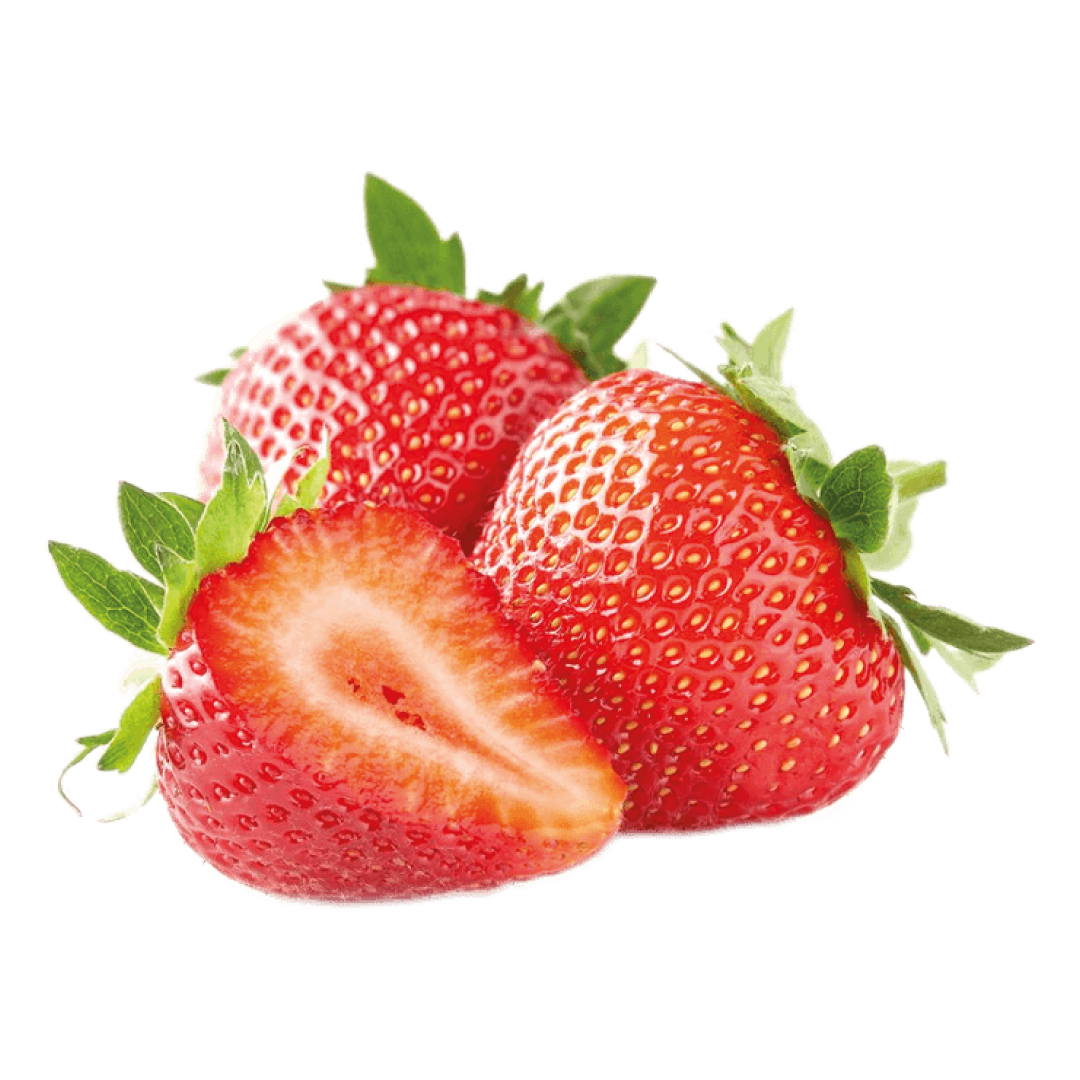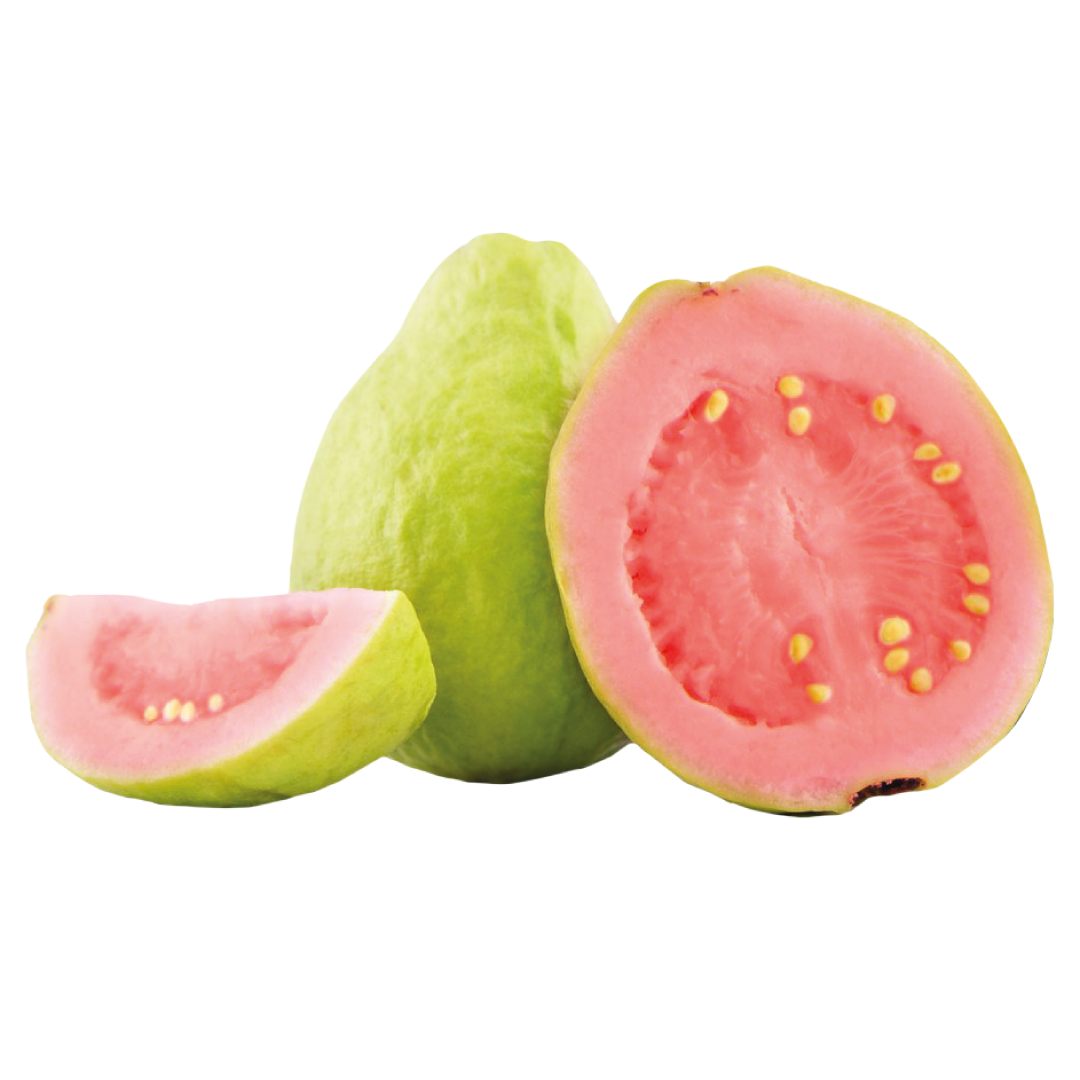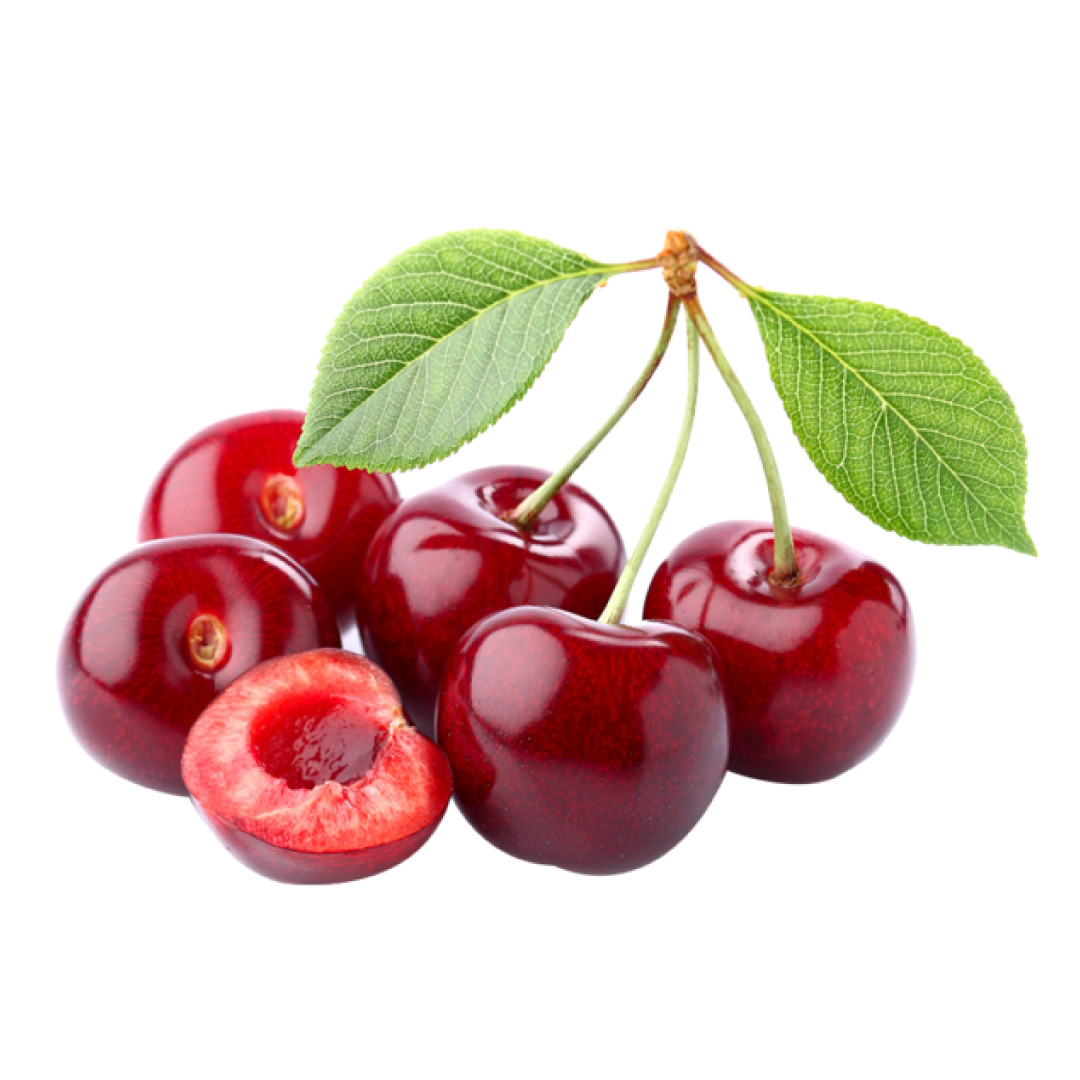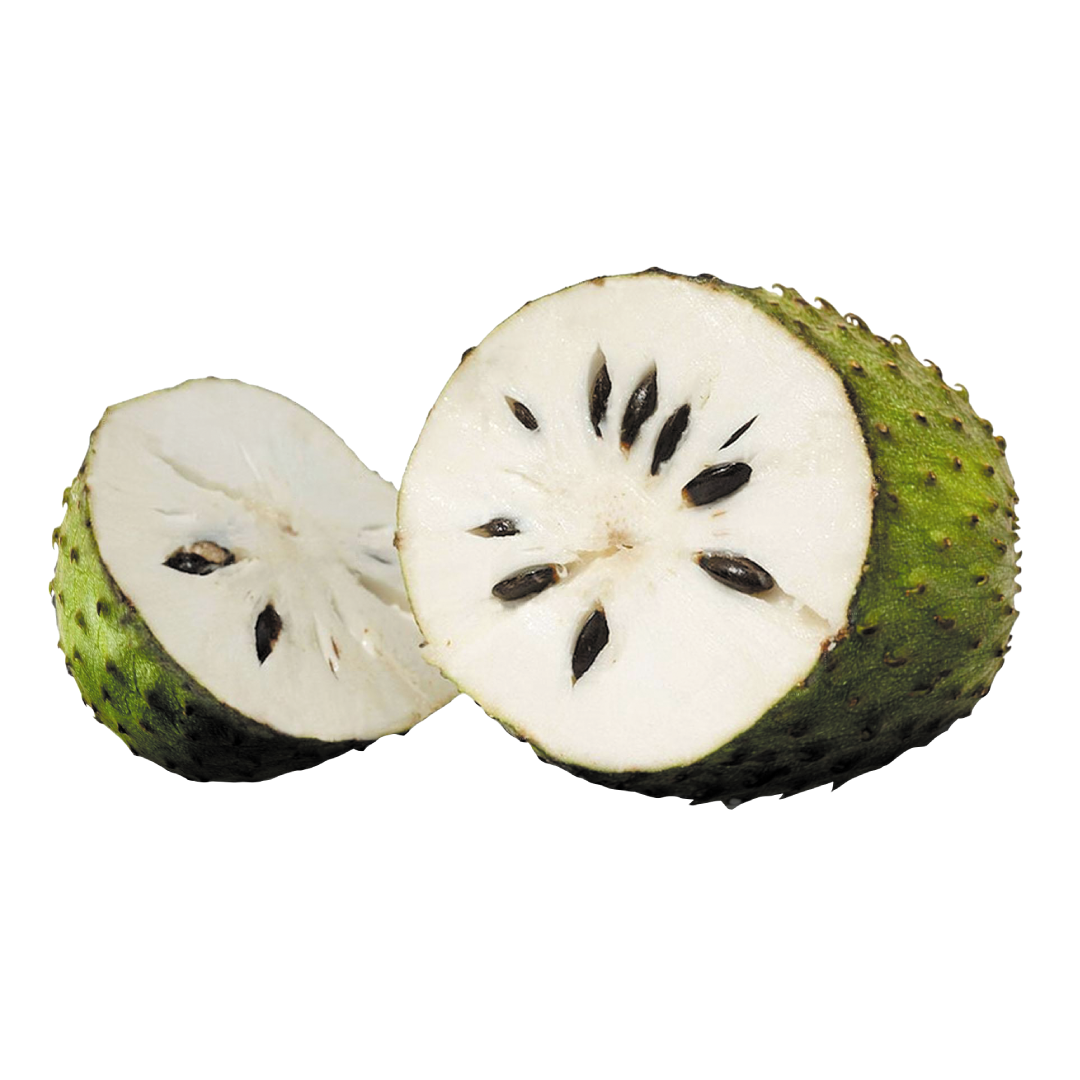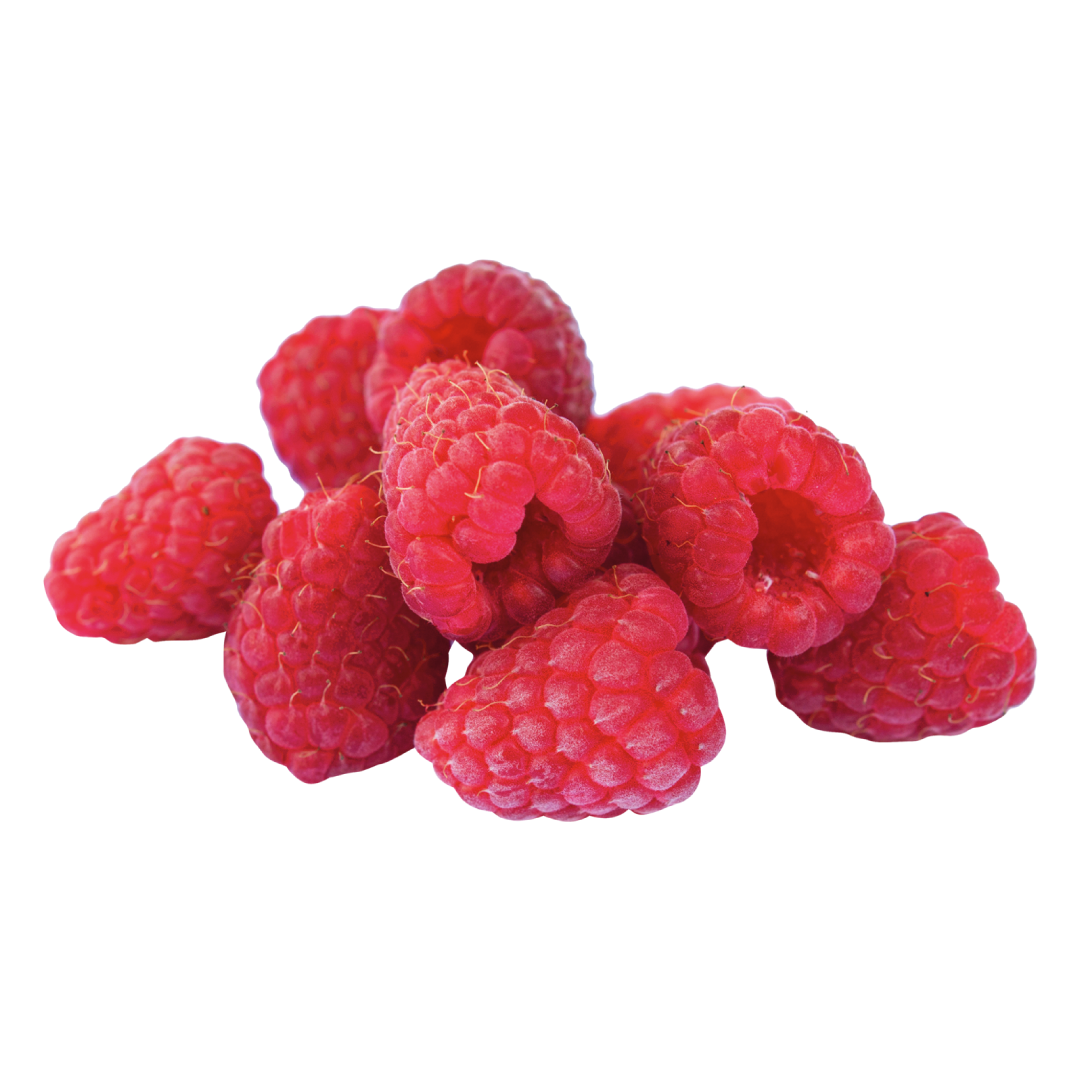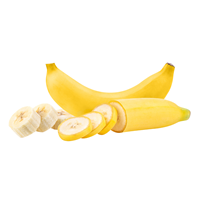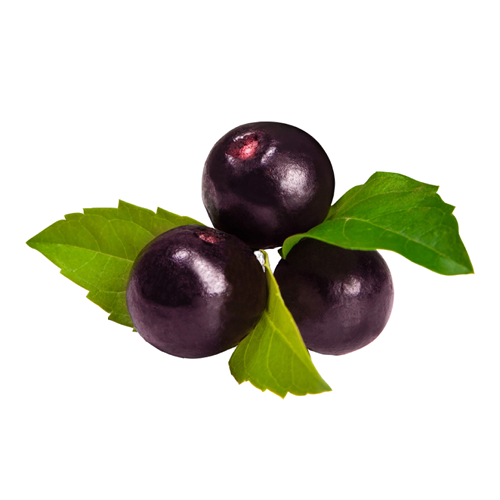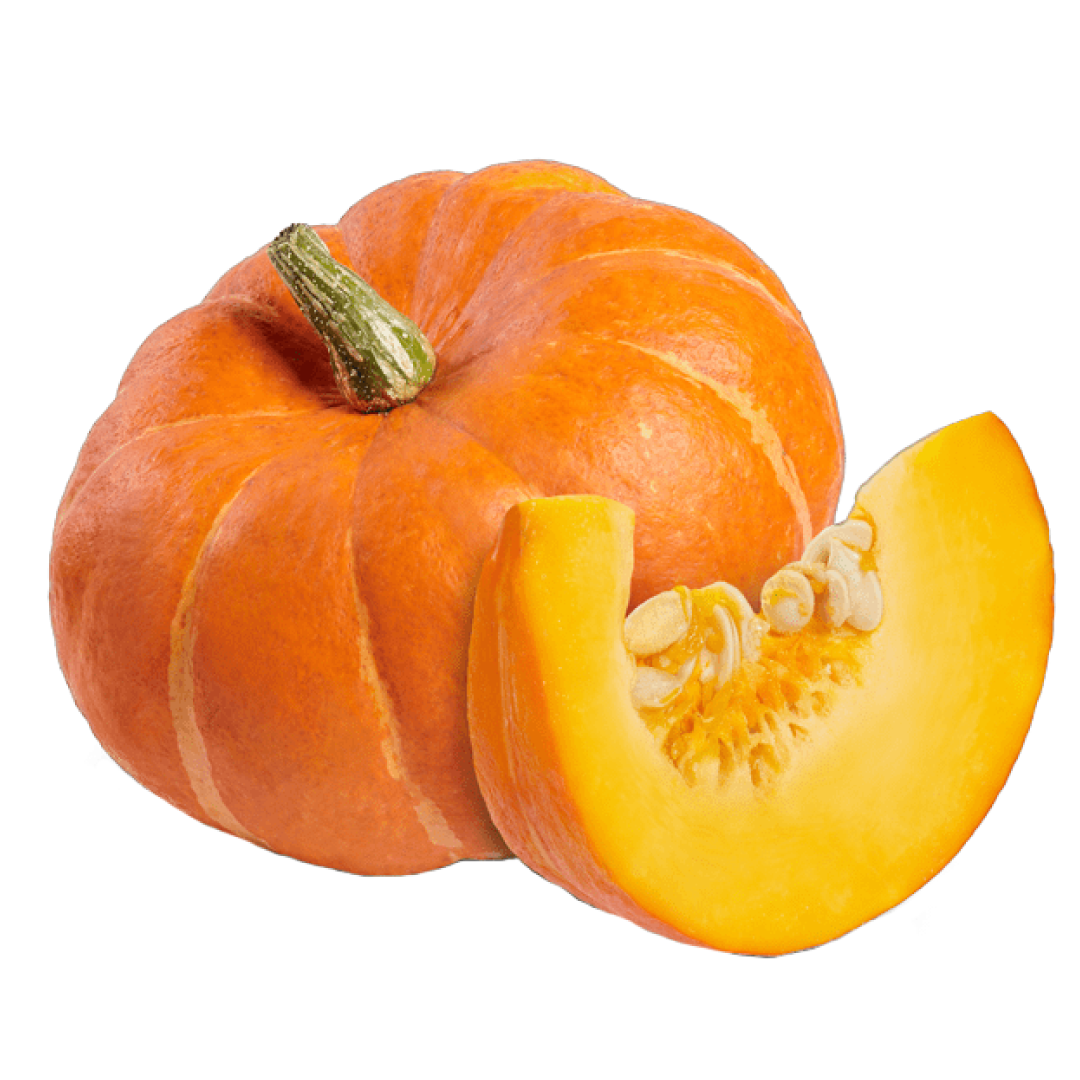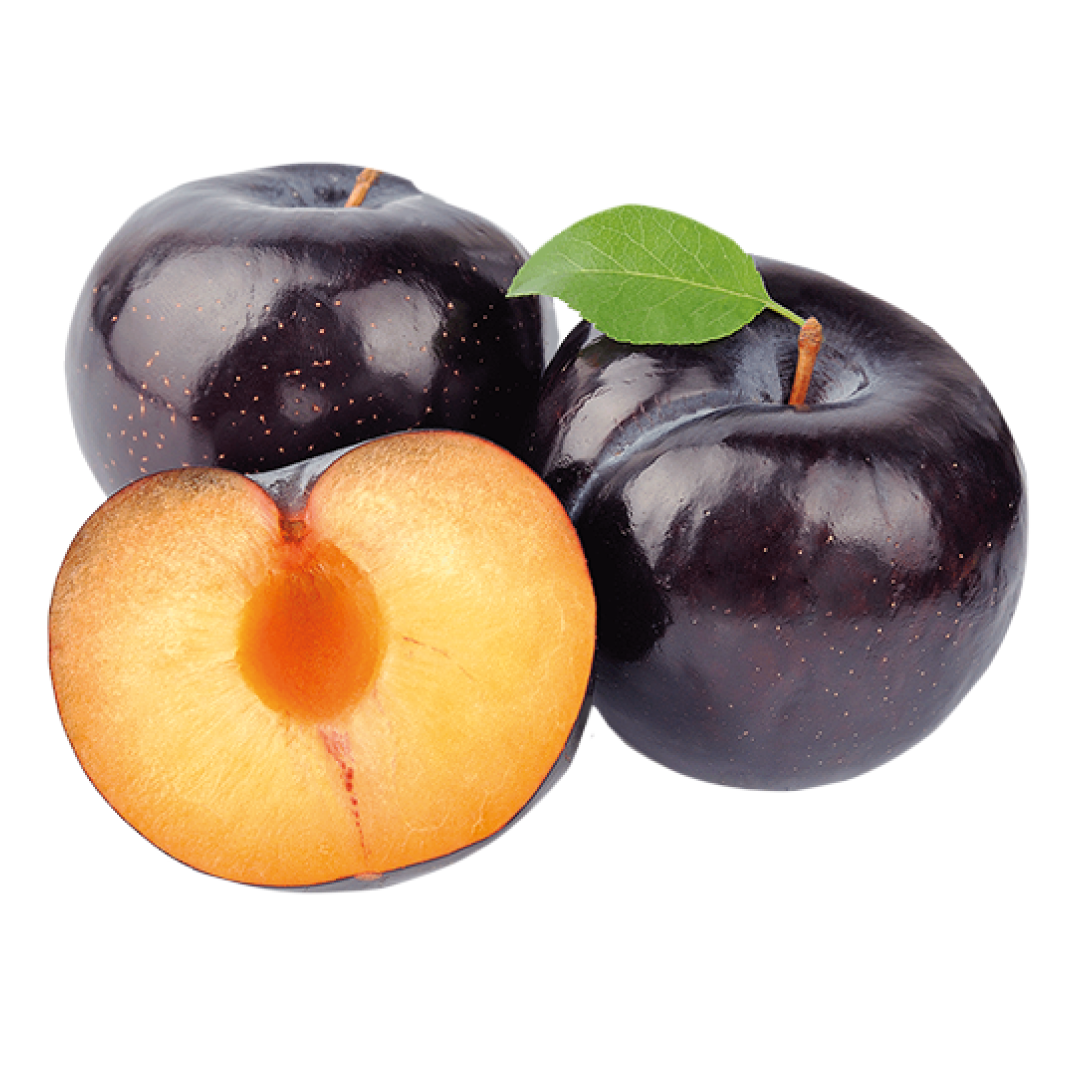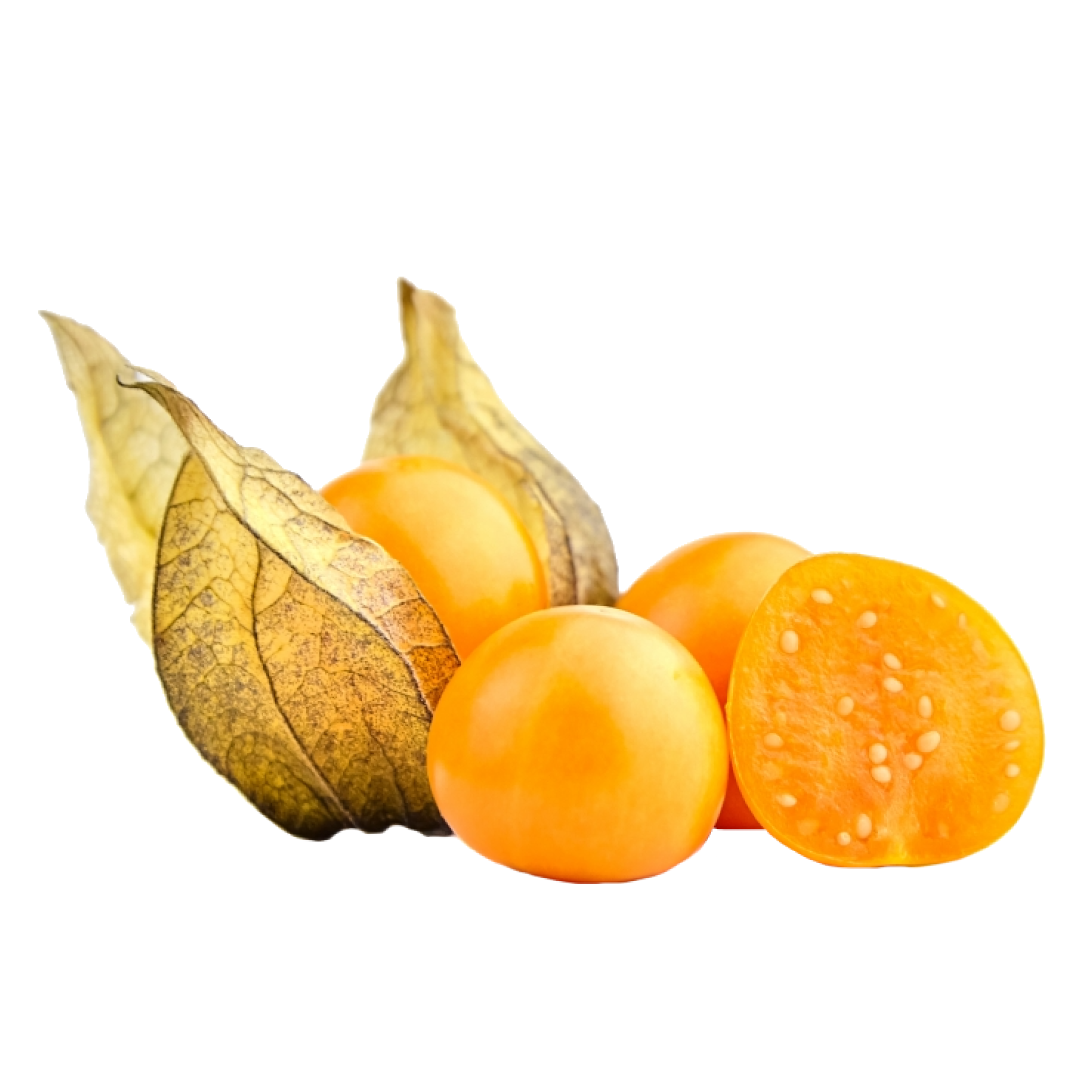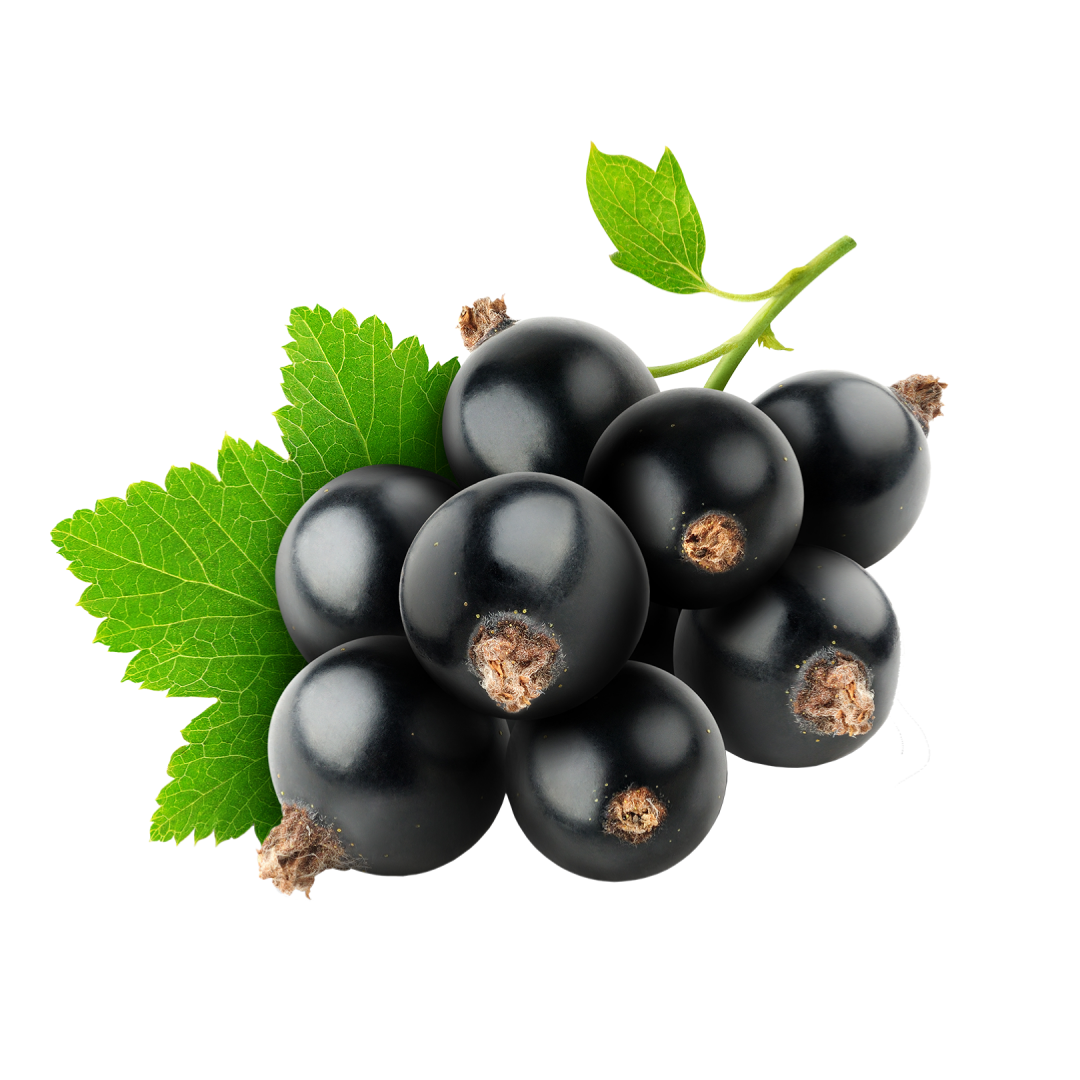Do you want to offer a beverage that combines the freshness of an infusion with intense fruit flavors? One liquid that meets these characteristics and has gained popularity is fermented tea with fruit. Its unique flavor profile and health benefits are truly amazing.
For that reason, we will discuss its historical roots as well as the modern production techniques that make its commercialization possible - don't miss it!
Brief History of Fermented Tea Beverages
Tea fermentations, such as kombucha, have a millinery history dating back to China, around 200 BC (Infobae, 2024). This drink is made after fermenting the infusion sweetened with SCOBY, a symbiosis of yeasts and bacteria. Also, it is appreciated for its delicious taste and because the benefits of kombucha are numerous (Zeratsky, 2022).
In the U.S. and Canadian markets, variants such as jun (processed with honey) and fermented tea with fruits continue to gain followers every day. In fact, they have positioned themselves as a popular choice among non-alcoholic beverages.
The Art of Preparation
The industrial production of this tea in North America uses large batch fermentation and specific strains of bacteria and yeast. Once the tea is fermented, fruit is added, either in the form of purée, whole pieces, or juice concentrate. Then, the combination of these ingredients can increase the vitamin and antioxidant content of the beverage (Leonarski et al., 2022).
Necessary Ingredients for an Optimal and Exquisite Preparation
The quality of these non-alcoholic drinks depends largely on the ingredients used. The basic elements required are (Dietrich, 2024):
- First, high-quality tea, preferably organic.
- Purified water to avoid contaminants affecting production.
- Sugar, which is necessary to carry out the fermentation process.
- Bacteria and yeast culture (SCOBY).
- Also, seasonal fruits in pieces or purées to infuse different flavors.
Most Outstanding Innovations in Techniques and Processes
The industry is continuously evolving and advocating for advancements that aim to streamline and enhance the production process of fermented tea. Below are some of the most outstanding methodologies:
- Addition of fruit products at certain stages to maximize flavor extraction.
- Use of advanced technologies to monitor and adjust conditions in real-time during fermentation.
- Another is the development of specific strains of bacteria and yeasts to optimize preparation and enhance flavors (Wang et al., 2022).
- Advanced filtration to ensure purity without compromising its benefits.
- Implementation of sustainable practices, such as the use of biodegradable packaging and waste reduction.
- Aseptic bottling to maintain product freshness and safety (Adler, 2022).
- Additionally, creative combinations of herbs and fruits resulting in unique flavors.
- Use of water kefir for its probiotic properties and ability to combine with various fruit flavors (Pinero, 2022).
A Bright Future for Fermented Tea with Fruits
Fruit-infused teas are a perfect combination of tradition and innovation. With its roots in ancient cultures and adoption by modern industry, this beverage offers a unique experience. In addition, its blend of flavor and health benefits makes it stand out in the contemporary beverage industry.
As manufacturing techniques evolve, more creative and high-quality offerings will emerge in the marketplace. If your business is part of the craft brewing industry or produces diverse beverages, you could open yourself to new opportunities.
Are you interested in learning more about combining fermented tea with fruits? Visit the Bierfrucht website to explore the wide range of products that can spark your next creation.
Bibliographic references
Adler, J. (2022, January 21st). Limpieza efectiva de los procesos de envasado aséptico. Ecolab. https://es-mx.ecolab.com/articles/2022/01/effectively-cleaning-aseptic-packaging-processes
Dietrich, C. (2024, January 31st). How To Ferment Fruit Using Kumbotcha Tea. Recipes.net. https://recipes.net/articles/how-to-ferment-fruit-using-kumbotcha-tea/
Infobae. (2024, May 27th). Para qué sirve el té de kombucha y cuál es su efecto en la salud. https://www.infobae.com/tendencias/2024/05/27/para-que-sirve-el-te-de-kombucha-y-cual-es-su-efecto-en-la-salud/
Leonarski, E., Guimarães, A., Cesca, K., and Poletto, P. (2022). Production process and characteristics of kombucha fermented from alternative raw materials. Food Bioscience, 49. https://doi.org/10.1016/j.fbio.2022.101841
Pinero, M. (2022, October 24th). Kéfir de frutas: beneficios y cómo prepararlo. Mejor con Salud. https://mejorconsalud.as.com/kefir-frutas-beneficios/
Wang, B., Rutherfurd-Markwick, K., Zhang, X., and Mutukumira, A. (2022, October 31st). Kombucha: Production and Microbiological Research. Foods, 11(21), 3456. https://doi.org/10.3390%2Ffoods11213456
Zeratsky, K. (2022, October 25th). ¿Qué es el té de kombucha? ¿Ofrece beneficios para la salud? Mayo Clinic. https://www.mayoclinic.org/es/healthy-lifestyle/consumer-health/expert-answers/kombucha-tea/faq-20058126

